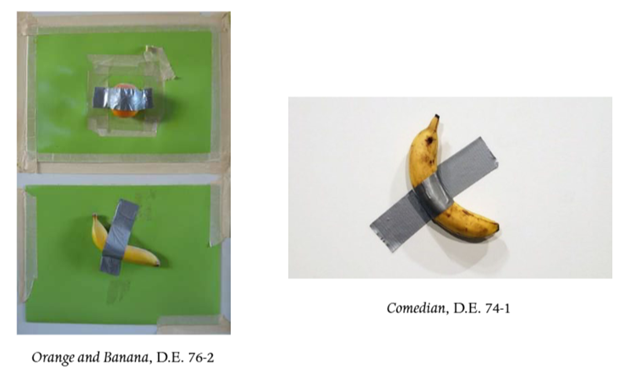The US Court of Appeals for the Second Circuit affirmed a district court’s judgment of copyright infringement against an internet book archive, holding that its free-to-access library did not constitute fair use of the copyrighted books. Hachette Book Group Inc. v. Internet Archive, Case No. 23-1260 (2d Cir. Sept. 4, 2024) (Menashi, Robinson, Kahn, JJ.)
Hachette Book Group, HarperCollins Publishers, John Wiley & Sons, and Penguin Random House (collectively, the publishers) brought suit against Internet Archive alleging that its “Free Digital Library,” which loans copies of the publishers’ books without charge, violated the publishers’ copyrights. Internet Archive argued that its use of the publishers’ copyrighted material fell under the fair use exception to the Copyright Act because Internet Archive acquired physical books and digitized them for borrowing (much like a traditional library) and maintained a 1:1 ratio of borrowed material to physical copies except for a brief period during the COVID-19 pandemic.
The district court reviewed the four statutory fair use factors set forth in § 107 of the Copyright Act:
- The purpose and character of the use, including whether such use is of a commercial nature or is for nonprofit educational purposes.
- The nature of the copyrighted work.
- The amount and substantiality of the portion used in relation to the copyrighted work as a whole.
- The effect of the use upon the potential market for or value of the copyrighted work.
The district court found that Internet Archive’s use of the works was not covered by the fair use exception because its use was non-transformative, was commercial in nature due to its solicitation of donations, and was disruptive of the market for e-book licenses. Internet Archive appealed.
The Second Circuit affirmed, addressing each factor in turn.
The Second Circuit held that Internet Archive’s use of the copyrighted material was non-transformative because Internet Archive copied the works wholesale and the “transformation” of the material from a physical copy to a digital copy that could be loaned out was not sufficient to fundamentally alter the nature of the copyrighted material. The Court maintained that the “recasting of a novel as an e-book” is a “paradigmatic” example of a derivative work.
However, contrary to the district court, the Second Circuit found that Internet Archive’s use of the works was not commercial in nature despite its solicitation of donations, citing Internet Archive’s nonprofit status and free distribution of archived materials. The Court explained that the mere association with other platforms where users may buy print copies of the works combined with the existence of a “donate” button was insufficient to render the use commercial.
The Second Circuit held that the second fair use factor also weighed against Internet Archive, since both the fiction and nonfiction works digitized by Internet Archive were nonetheless original and creative. The Court held that the “greater leeway” that is allowed for fair use of “factual or informational” work was not sufficient to weigh in favor of Internet Archive since the nonfiction works nevertheless “represent the authors’ [...]
Continue Reading
read more

 Subscribe
Subscribe



